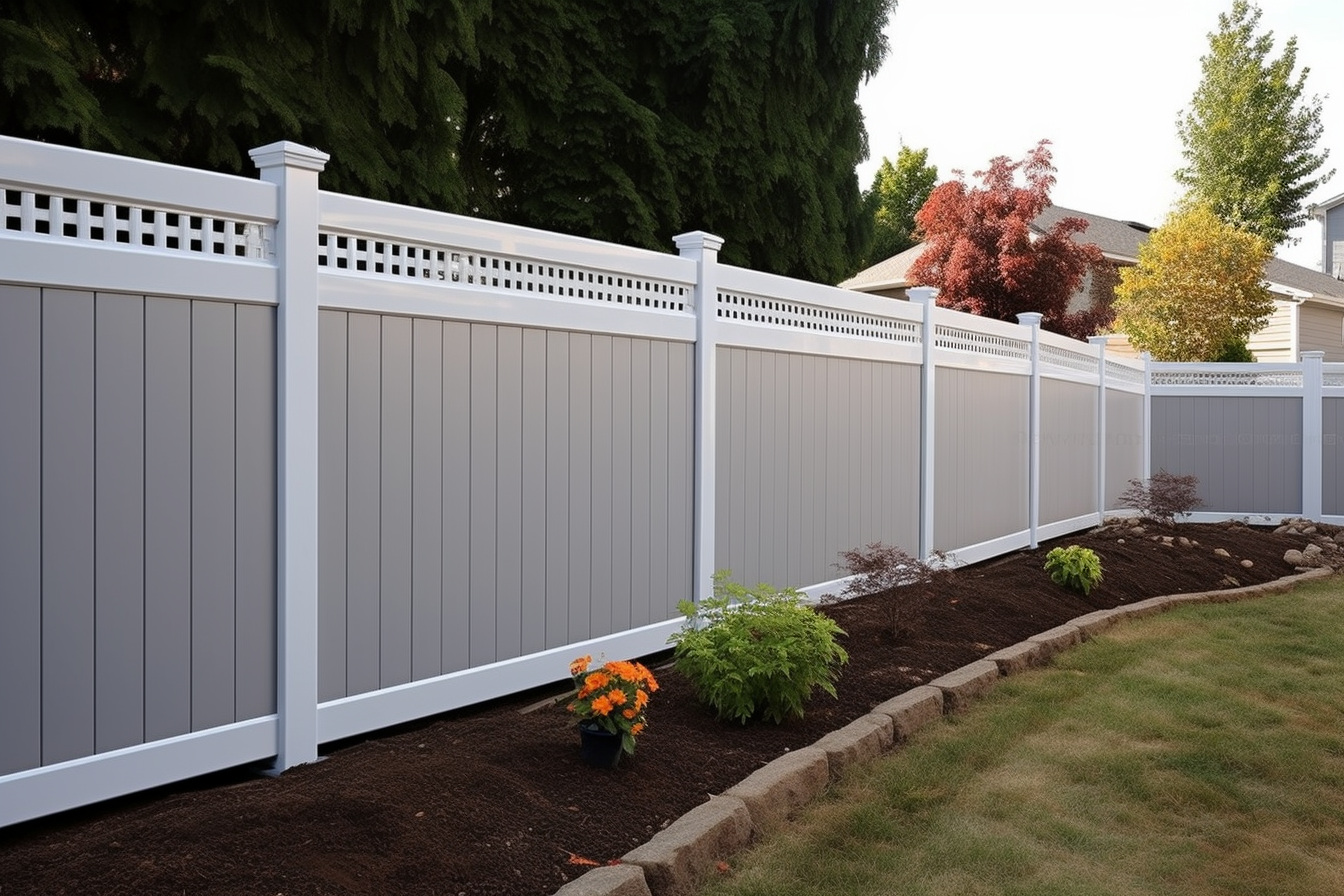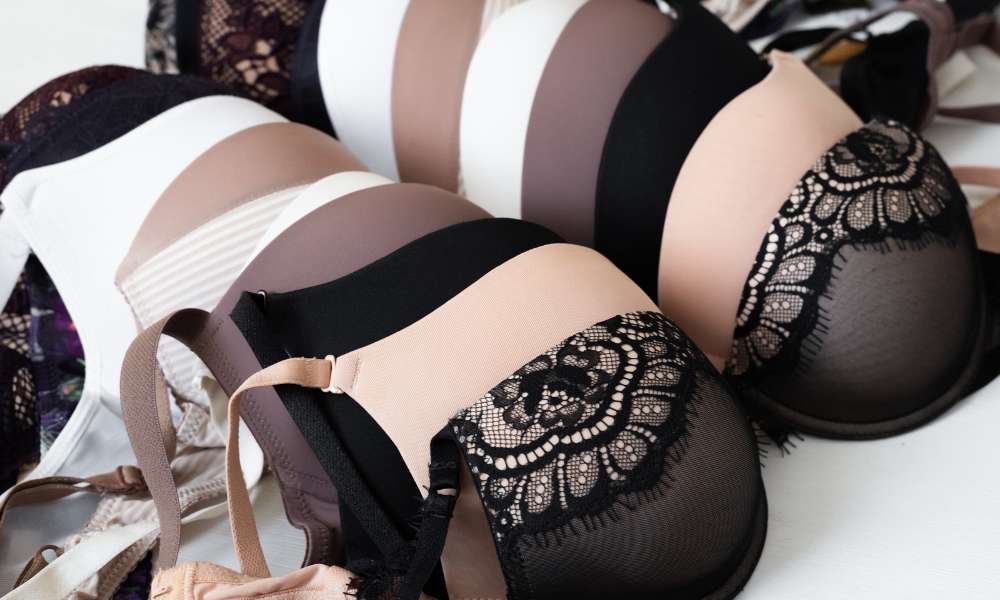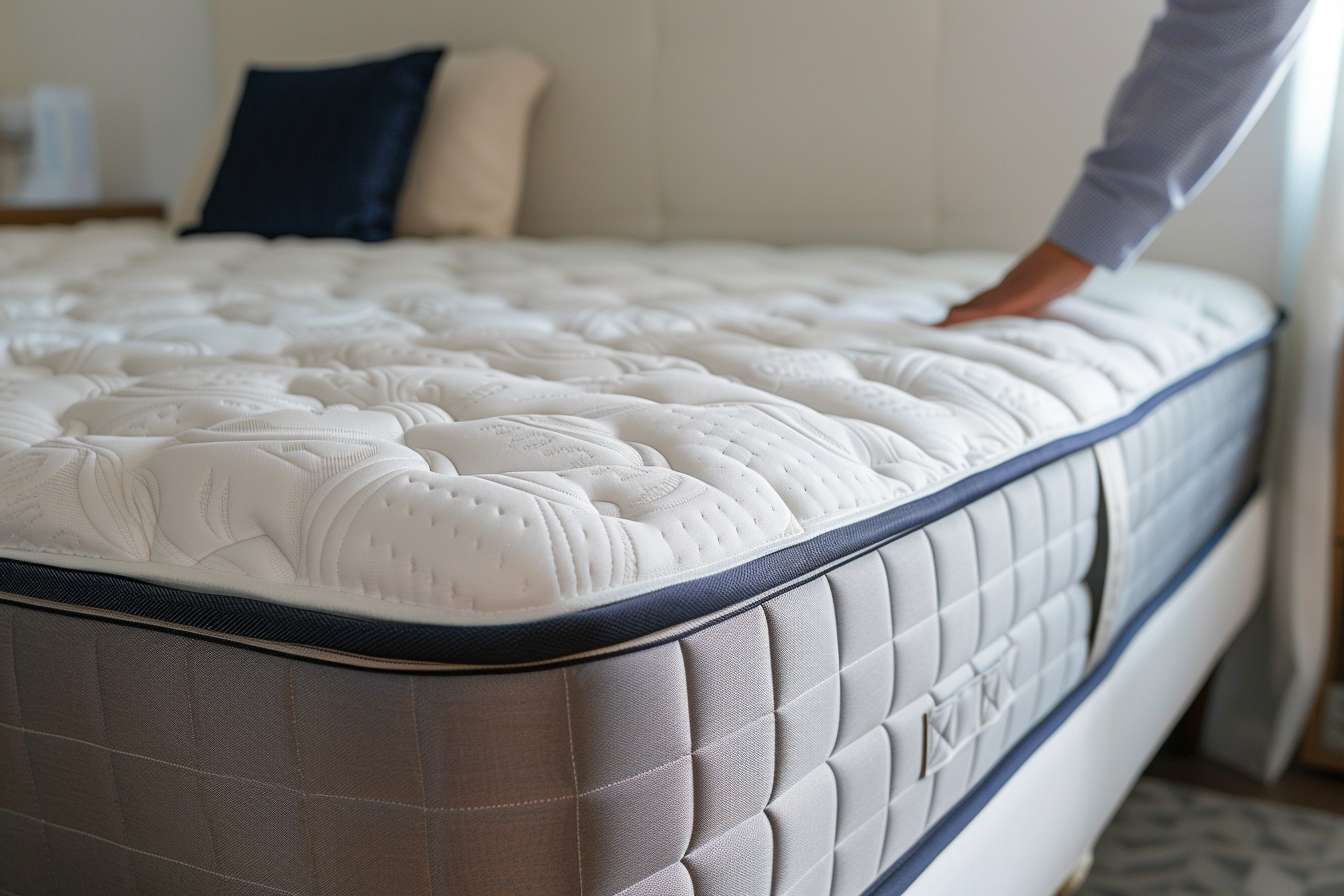Fence Installation Costs in Canada 2025: What to Know
Fence installation costs in Canada for 2025 encompass a diverse range of materials, each with distinct price points and maintenance needs. Choices like wrought iron and chain link fences vary greatly in terms of cost and upkeep. Understanding factors like height, design, and labor expenses is key to effective budgeting and achieving a long-lasting result.

Understanding Fence Installation Costs in Canada for 2025
The cost of fence installation across Canada continues to evolve with changing material prices and labor rates. In 2025, homeowners can expect to pay between $25 and $50 per linear foot for a complete fence installation, depending on numerous factors. Urban areas like Toronto, Vancouver, and Montreal typically command higher prices due to increased labor costs and permit requirements. Rural installations may cost less but could include additional transportation fees for materials and workers.
Regional variations play a significant role in determining costs. For instance, fence installations in British Columbia might be higher due to increased material transportation costs and stricter building codes, while prairie provinces might offer more competitive rates. Weather considerations also affect pricing, as installations in winter months may incur additional charges due to ground-freezing challenges, especially in provinces with harsh winters like Saskatchewan and Manitoba.
Considerations for Fence Material Selection
Material selection represents one of the most significant factors affecting your fence installation budget. Wood remains a popular choice for many Canadians, with pressure-treated pine costing approximately $20-30 per linear foot installed. Cedar, known for its natural resistance to decay and insects, typically ranges from $30-45 per linear foot. For those seeking longevity, vinyl fencing offers durability at $35-50 per linear foot, while aluminum and ornamental steel options range from $40-70 per linear foot.
Each material presents distinct advantages and maintenance requirements. Wood provides a classic aesthetic but requires regular maintenance including staining or sealing every 2-4 years. Vinyl offers low maintenance but may become brittle in extreme Canadian winters. Composite materials combine the appearance of wood with enhanced durability at $45-65 per linear foot, making them increasingly popular despite the higher initial investment. Chain-link remains the most economical option at $15-25 per linear foot installed, ideal for functional boundaries without privacy concerns.
Budgeting for Fence Installation Projects
Creating a realistic budget requires understanding both material and labor costs. Labor typically accounts for 40-60% of total fence installation expenses, averaging $30-50 per hour for professional fence installers across Canada. For a standard 150-linear-foot residential property boundary, labor costs alone might range from $3,000 to $6,000 depending on project complexity and regional labor rates.
Site preparation can significantly impact your budget. Uneven terrain, rocky soil, or the need to remove an existing fence will increase costs. Excavation work might add $500-1,500 to your project, while old fence removal typically costs $3-5 per linear foot. Additionally, consider allocating 10-15% of your total budget for contingencies to address unforeseen challenges like unexpected utility line rerouting or difficult soil conditions.
Additional Costs and Considerations
Beyond basic materials and labor, several additional factors influence the final price of your fence installation. Permit requirements vary by municipality, with costs ranging from $50 to $500 depending on your location. Some homeowner associations may also charge review fees for fence designs, typically between $100-300.
Gate installation represents another significant cost consideration. A basic wooden gate might add $150-300 to your project, while automated driveway gates can cost $1,500-5,000 depending on sophistication. Decorative elements such as post caps, lattice toppers, and custom designs will incrementally increase your investment. Professional design services, if required for complex properties or custom installations, typically cost $300-800 for consultation and planning.
Fence Installation Cost Comparison by Material Type
Different fence materials offer varying levels of durability, aesthetics, and cost. The table below provides a comprehensive comparison of fence installation costs by material type for Canadian homeowners in 2025:
| Material Type | Average Cost Per Linear Foot (Installed) | Expected Lifespan | Maintenance Requirements |
|---|---|---|---|
| Pressure-Treated Wood | $20-30 | 10-15 years | Moderate (staining every 2-3 years) |
| Cedar | $30-45 | 15-20 years | Moderate (sealing every 1-2 years) |
| Vinyl | $35-50 | 20-30 years | Low (occasional cleaning) |
| Chain Link | $15-25 | 15-20 years | Low (rust prevention) |
| Wrought Iron/Steel | $40-80 | 20+ years | Moderate (rust prevention, repainting) |
| Aluminum | $40-60 | 20+ years | Low (occasional cleaning) |
| Composite | $45-65 | 20-30 years | Low (occasional cleaning) |
| Concrete/Stone | $80-125 | 30+ years | Low (crack monitoring) |
Prices, rates, or cost estimates mentioned in this article are based on the latest available information but may change over time. Independent research is advised before making financial decisions.
Evaluating Costs for Value and Longevity
When assessing fence installation quotes, consider the long-term value rather than focusing solely on upfront costs. A higher initial investment in quality materials often translates to reduced maintenance expenses and extended lifespan. For example, while cedar costs more than pressure-treated pine initially, its natural resistance to rot and insects may provide better value over 15-20 years.
Return on investment should also factor into your decision-making process. Privacy fences around pools or outdoor living spaces can increase property values by 5-10% according to real estate analysts, particularly in urban neighborhoods where privacy is premium. Security fencing with proper gates and access control might also reduce home insurance premiums in some cases, offering additional long-term savings.
Consider your property’s specific needs when evaluating costs. Windy areas might require deeper post installation, adding to labor costs but preventing expensive repairs later. Similarly, properties with high soil moisture might benefit from rot-resistant materials or concrete footings, representing smart long-term investments despite higher initial costs.
By carefully weighing all these factors—material selection, labor requirements, additional features, and long-term value—Canadian homeowners can make informed decisions about fence installation in 2025 that balance upfront affordability with lasting quality.




